The Army accidentally just revealed a classified hypersonic weapon
- By Alex Hollings
Share This Article

It’s no secret that the United States military is working tirelessly to develop new hypersonic weapon systems to close the gap presented by Chinese and Russian platforms that have recently entered into service. Hypersonic weapons, for those unfamiliar, are missile platforms that are capable of maintaining extremely high speeds (in excess of Mach 5). That kind of speed means these weapons impact their targets with a huge amount of kinetic force, and perhaps most important of all, there are currently no existing missile defense systems that can stop a hypersonic projectile.
Sources inside China and Russia have both indicated that these nations already have hypersonic weapons in service, which means the United States is lagging behind the competition in this rapidly expanding field, despite testing hypersonic platforms as far back as the early 2000s. In order to close that gap, the Pentagon has acknowledged at least six different hypersonic programs currently in development, including the U.S. Navy’s Conventional Prompt Strike weapon, the U.S. Army’s Long-Range Hypersonic Weapon (LRHW), and the U.S. Air Force’s AGM-183 Air-Launched Rapid Response Weapon (ARRW, pronounced “arrow”).
However, it’s now clear that Uncle Sam isn’t acknowledging all of the hypersonic programs currently under development, thanks to an unintentional gaff made by U.S. Army Secretary Ryan McCarthy at the recent Association of the U.S. Army convention. In a photo that was uploaded to McCarthy’s own Flickr account (it’s still there), a document can be seen on a table in front of him titled, “Vintage Racer – Loitering Weapon System (LWS) Overview.”
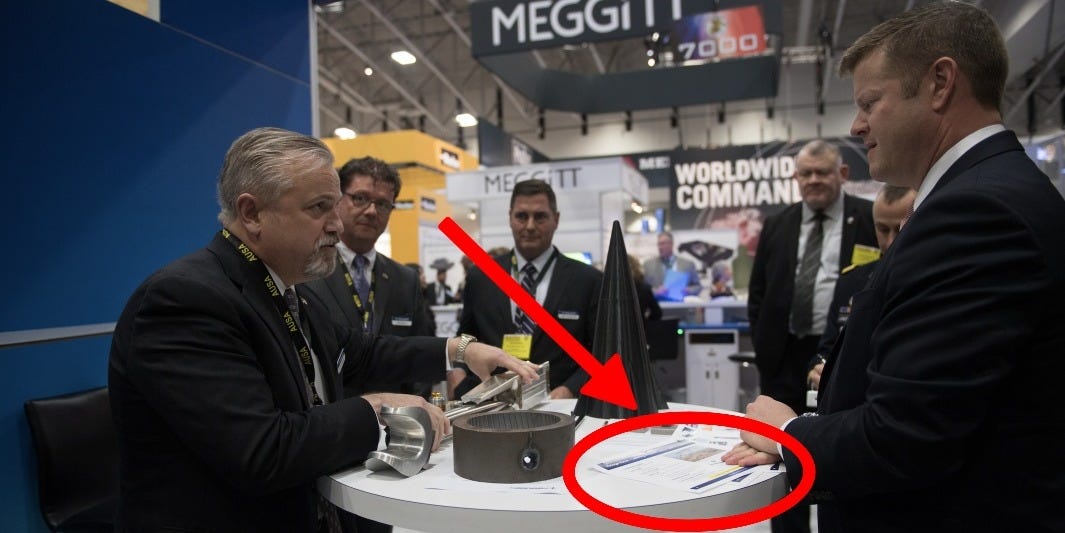
McCarthy likely didn’t anticipate that anyone would be able to make out what was written on the sheet of paper in front of him, and to his credit, most probably couldn’t. Aviation Week’s Steve Trimble, however, isn’t most people–and he not only managed to make out a fair portion of what the sheet says, but also has the technical knowledge behind him to make a few assertions about just what “Vintage Racer” may really be.
https://twitter.com/TheDEWLine/status/1269423043392212993?ref_src=twsrc%5Etfw%7Ctwcamp%5Etweetembed%7Ctwterm%5E1269423043392212993&ref_url=https%3A%2F%2Fwww.popularmechanics.com%2Fmilitary%2Fweapons%2Fa32802762%2Fvintage-racer-hypersonic-weapon%2F
“The Vintage Racer concept, as revealed so far, suggests it may be possible to launch a hypersonic projectile into a general area without knowing the specific location of the target,” Trimble wrote in his analysis you can find in full here. “As it reaches the target area, the projectile may be able to dispense a loitering air system, which is then uses its own sensors to find and identify the target.”

If Trimble’s assertions are right (and they do appear to be based on the document), then “Vintage Racer” could potentially be the most advanced and capable hypersonic weapon anywhere in the world. Most hypersonic weapons currently employ one of two methodologies: they either follow a long arc flight path similar to intercontinental ballistic missiles, gaining extreme speed with a reentry glide vehicle that has to literally re-enter the atmosphere, or they utilize a combination of traditional and scramjet propulsion systems to achieve similar speeds along a linear flight path.
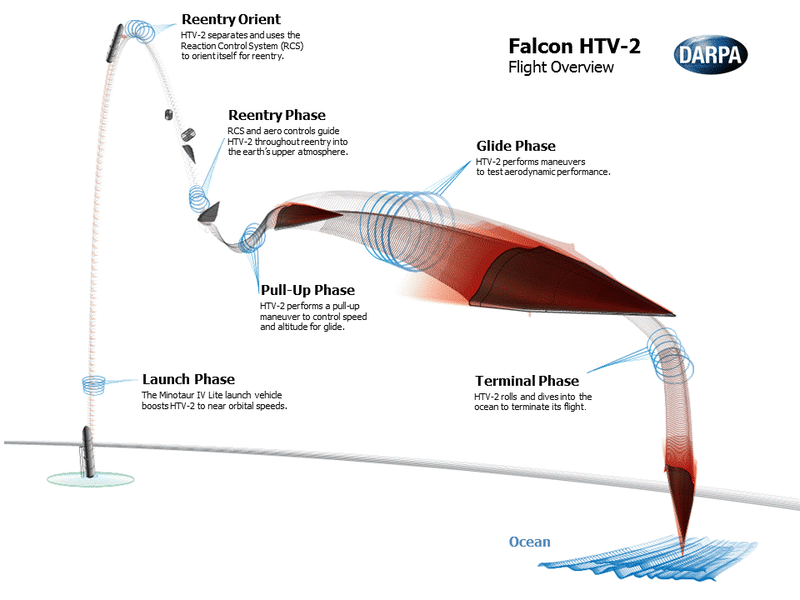
In either case, the hypersonic body is, in itself, the weapon: using a combination of warhead and the sheer force of transferred kinetic energy at such high speeds to destroy a target.
“Vintage Racer” on the other hand seems to leverage high speed propulsion to reach hypersonic velocities, but then rather than using all of the energy amassed from moving at that speed, the weapon would instead deploy a “loitering” system that could identify targets in the area and engage them independently with ordnance.
In effect, instead of thinking of “Vintage Racer” as a missile, it might be more apt to think of it as a hypersonic drone not all that unlike the SR-72 program we’ve written about on Sandboxx News before. The platform would enter contested airspace at speeds too high for intercept, deploy its loitering weapon system, and engage one or multiple targets that are identified once the weapon is already in the area. This capability is especially important when it comes to defending against long range ballistic missile launches like nuclear ICBMs employed by a number of America’s opponents, including Russia, China, and North Korea. These missiles are often launched via mobile platforms that move regularly in order to make it difficult to know where or when a nuclear missile launch may come from.
By the time a mobile launcher is identified by satellite or other forms of reconnaissance, there may not be enough time to deploy fighters, bombers, or other weapons to that site in order to stop a missile launch. However, a platform like “Vintage Racer” could feasible cruise into the general area of a launcher at speeds that most air defenses couldn’t stop. From there, it could deploy its loitering asset to locate and identify mobile missile launchers in the area–and then destroy those launchers with its included ordnance.
To further substantiate that possibility, Trimble points to a Russian defense technology expert who recently warned of just such an American platform.
“The fear is that [this] hypersonic ‘something’ might reach the patrol area of road-mobile ICBM launchers [after] penetrating any possible air and missile defense, and then dispense loitering submunitions that will find launchers in the forests,” said Dmitry Stefanovitch, an expert at the Moscow-based Russian International Affairs Council.
This weapon system was also briefly mentioned in Defense Department budget documents released this past February, but aside from calling the effort a success, few other details were included.
Theoretically, a platform like “Vintage Racer” could be used in a number of military operations other than preventing nuclear missile launches. By combining the extreme speed of a hypersonic missile with the loitering and air strike capabilities currently found in armed drones or UAVs, this new weapon could shift the tides of many a battle in America’s favor; from Iranian armed boat swarms, to Russian mobile missile launchers, and even as a form of rapid-delivery close-air-support for Special Operations troops. The potential implications of what may effectively be a Mach 5-capable unmanned combat aerial vehicle (UCAV) are far reaching.
In warfare, speed often dictates the outcome of an engagement–and “Vintage Racer” sounds like it has that in spades.
Related Posts
Sandboxx News Merch
-

‘AirPower’ Classic Hoodie
$46.00 – $48.00 Select options This product has multiple variants. The options may be chosen on the product page -

‘Sandboxx News’ Trucker Cap
$27.00 Select options This product has multiple variants. The options may be chosen on the product page -

‘Kinetic Diplomacy’ Bumper Sticker (Black)
$8.00 Add to cart

Alex Hollings
Alex Hollings is a writer, dad, and Marine veteran.
Related to: Military Affairs

The AGM-181 LRSO missile will modernize America’s nuclear triad
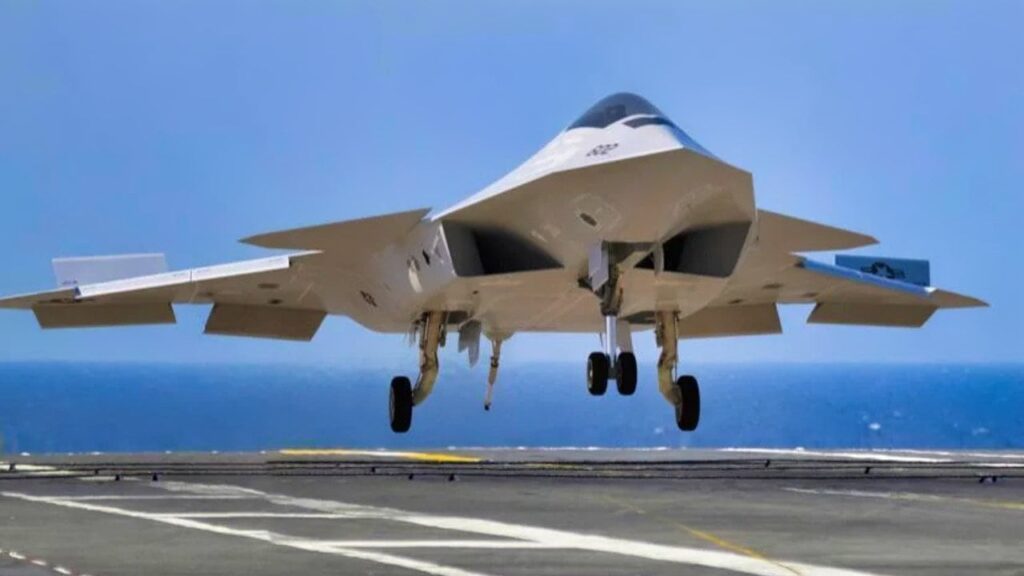
Navy will soon announce the contract award for its F/A-XX 6th-generation jet, according to reports
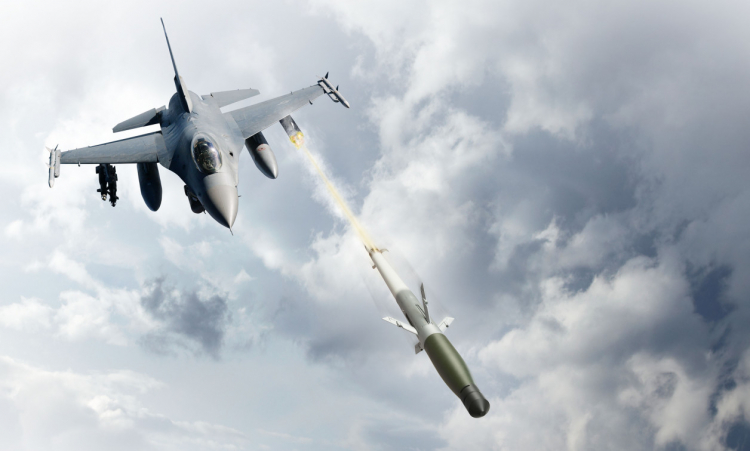
America’s new air-to-air missile is a drone’s worst nightmare
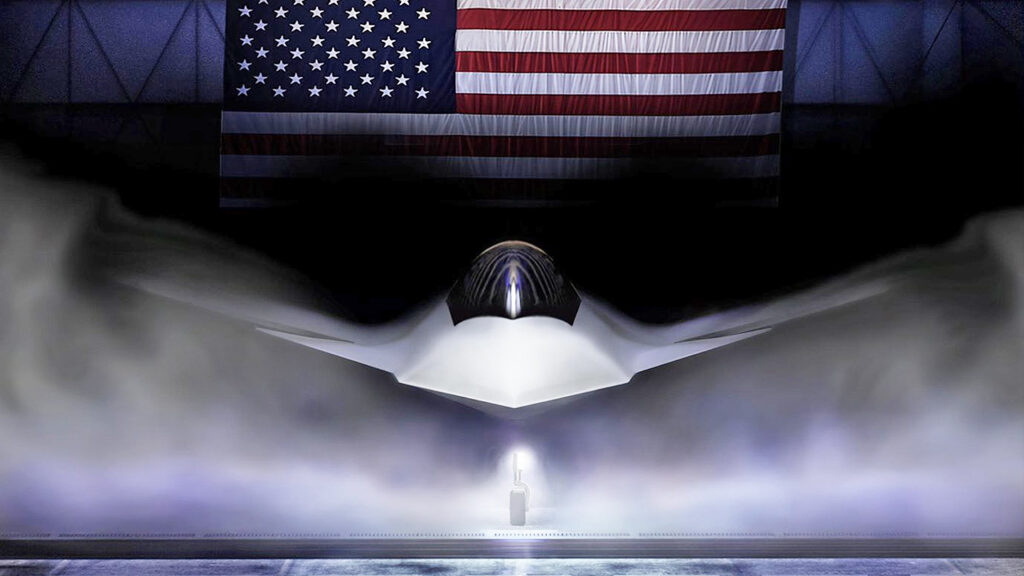
What we can deduce about the Boeing F-47 and its capabilities so far
Sandboxx News
-

‘Sandboxx News’ Trucker Cap
$27.00 Select options This product has multiple variants. The options may be chosen on the product page -

‘AirPower’ Classic Hoodie
$46.00 – $48.00 Select options This product has multiple variants. The options may be chosen on the product page -

‘AirPower’ Golf Rope Hat
$31.00 Select options This product has multiple variants. The options may be chosen on the product page -

‘Sandboxx News’ Dad Hat
$27.00 Select options This product has multiple variants. The options may be chosen on the product page
